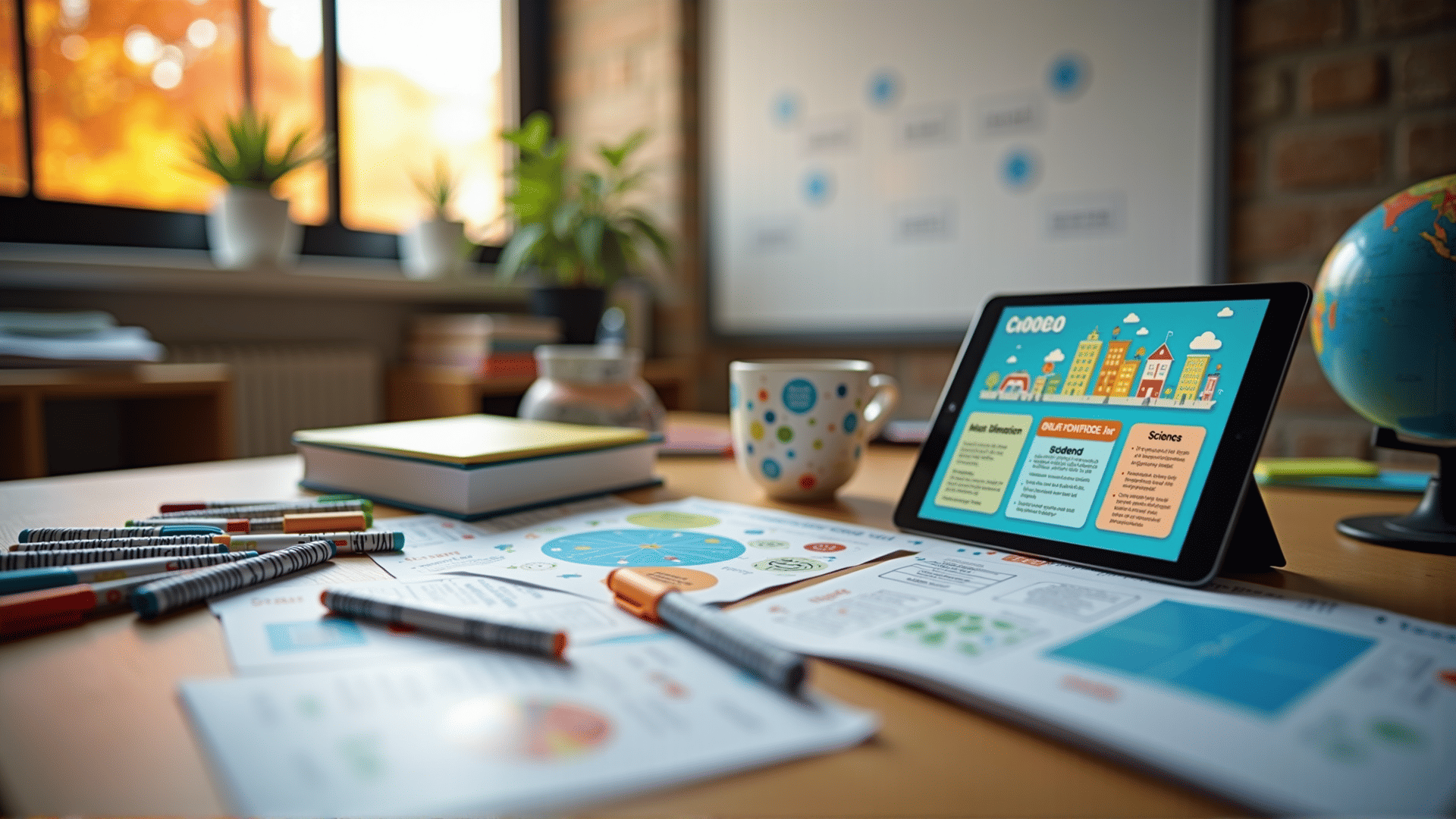In today's rapidly evolving educational landscape, fostering a dynamic and inclusive learning environment is more important than ever. As students' needs and expectations shift, educators are seeking innovative tools to enhance engagement and support diverse learning styles. This effort is crucial in nurturing curiosity, critical thinking, and creativity in students, preparing them for a future where adaptability and problem-solving are key.
One effective strategy incorporates technology to create interactive learning experiences. Tools such as virtual reality (VR) and augmented reality (AR) open new dimensions in learning, enabling students to explore historical events, travel inside the human body, or participate in scientific experiments without leaving the classroom. These immersive experiences make abstract concepts tangible and memorable, enhancing comprehension and retention.
Another essential tool is the use of interactive platforms that promote collaboration and communication, such as digital whiteboards and shared documents. These resources encourage students to work together, share ideas in real-time, and receive immediate feedback from both peers and educators. This collaborative approach not only builds critical thinking skills but also fosters a sense of community and belonging within the classroom.
Gamification is another powerful technique educators are incorporating to engage students. By transforming learning objectives into game-like challenges or quests, educators can make mundane topics exciting and motivating. This approach is particularly effective in subjects like math and languages, where repetitive practice is often necessary. Points, badges, and leaderboards add a competitive edge that keeps students motivated and eager to participate.
Storytelling has also been redefined with digital tools, allowing educators to create personalized learning narratives that captivate students' imagination. Tools that enable the creation of digital stories or videos provide students with the opportunity to express their understanding creatively. This method not only caters to visual and auditory learners but also enhances communication skills and digital literacy.
Incorporating real-world problems into lessons through project-based learning is another innovation shaping modern education. By working on projects that address genuine societal issues, students develop problem-solving skills and a deeper understanding of the interconnectedness of global challenges. This hands-on approach encourages practical application of theoretical knowledge and instills a sense of responsibility and agency in students.
Finally, the integration of artificial intelligence (AI) in educational tools offers personalized learning experiences tailored to individual student needs. AI can track progress and adapt content to challenge students at an appropriate level, ensuring that each learner remains engaged and supported. Additionally, AI tools can assist educators in identifying learning gaps and providing targeted interventions.
By harnessing these innovative tools, educators can create a learning environment that is not only engaging and effective but also nurturing and inclusive. These tools empower students to become active participants in their own learning journey, equipping them with the skills and knowledge to navigate and thrive in an increasingly complex world. As we continue to explore new possibilities, the potential to transform education for the better remains limitless.
